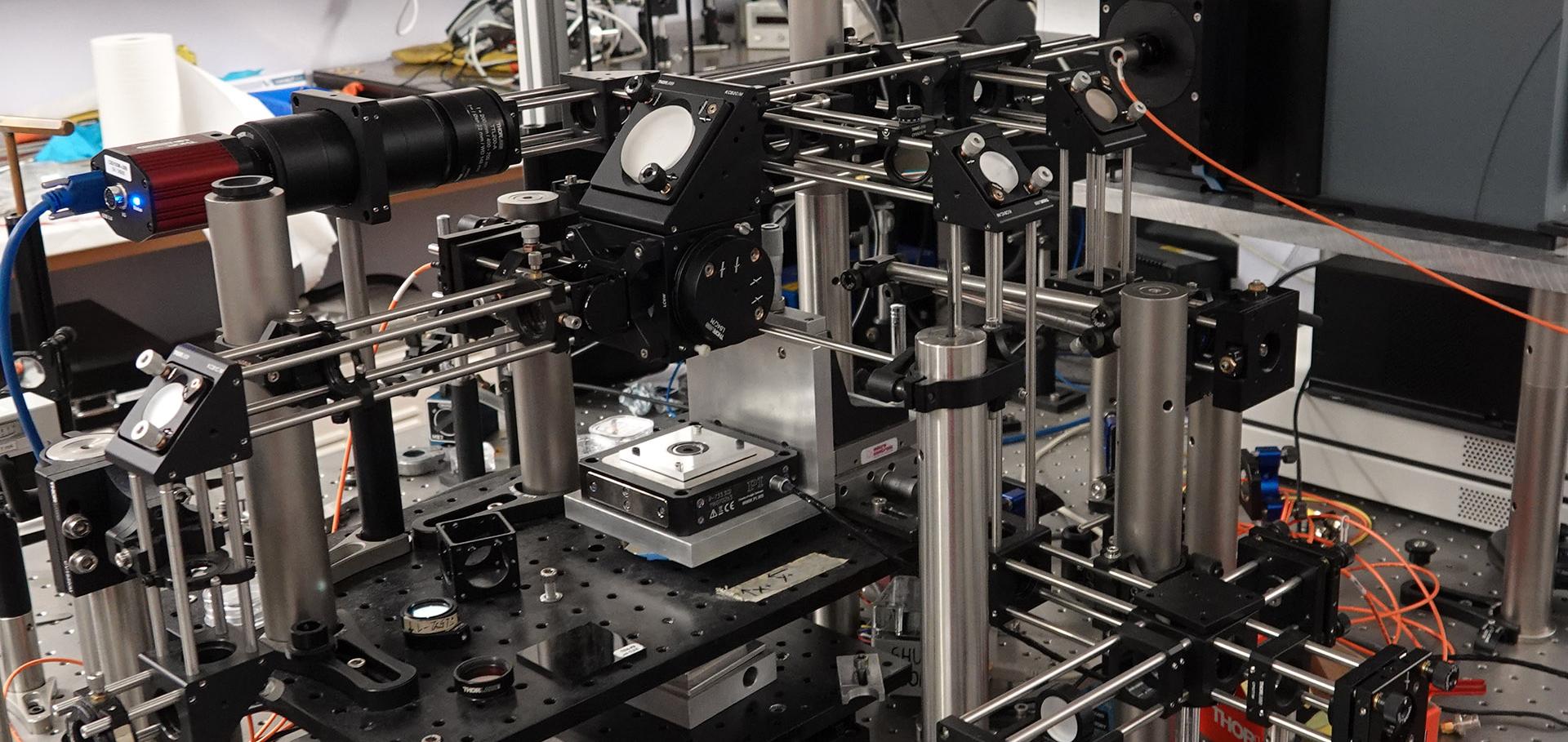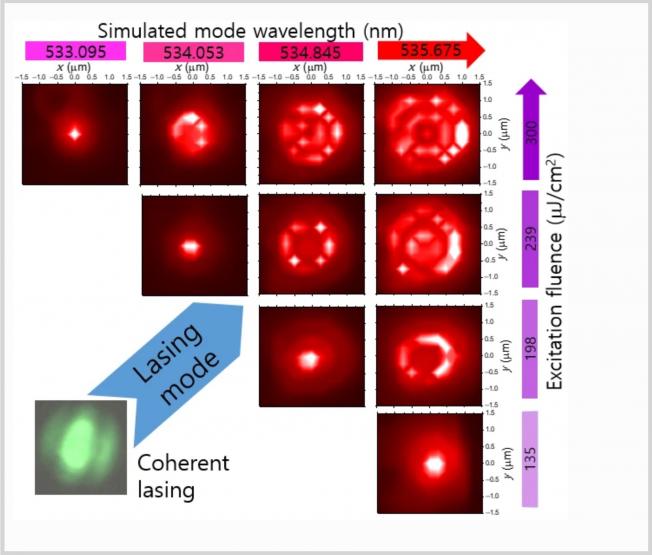Improving the signal-to-noise ratio of femtosecond luminescence upconversion by multichannel detection
JOURNAL OF THE OPTICAL SOCIETY OF AMERICA B-OPTICAL PHYSICS 15:4 (1998) 1410-1417
Optical gain in GaN epilayers
APPLIED PHYSICS LETTERS 73:2 (1998) 199-201
Time-resolved bandgap renormalization and gain in GaN epilayers
(1998) 300-303
Abstract:
We present optical gain and loss spectra measured over a range of carrier densities at low temperature in hexagonal GaN epilayers. We have determined the optical loss directly to be similar to 80 cm(-1). Photoluminescence spectra show that stimulated emission in our samples arises from electron-hole plasma recombination. Time-resolved pump-probe transmission experiments have shown that there is considerable bandgap renormalization for carrier densities at which stimulated emission occurs.Relevance of dephasing processes for the ultrafast rise of emission from resonantly created excitons in quantum wells
PHYS STATUS SOLIDI B 204:1 (1997) 35-38
Abstract:
We present a comparative study of time-integrated four-wave-mixing and femtosecond emission under resonant excitation on excitons in weakly disordered GaAs quantum wells. At highest exciton densities when dephasing dominates the spectral width (homogeneous broadening), we find that the rise time of the incoherent luminescence signal is given by T-2/2. At lowest densities, optical coherence times approach the exciton radiative lifetime (15 to 20 ps). This confirms our previous result that coherent resonant Rayleigh scattering is responsible for the short rise time of the excitonic emission. We also show clear evidence for dephasing due to exciton-phonon interaction, as the rise time of the emission decreases dramatically when the sample temperature is increased.Time-resolved relaxation oscillations in gain-clamped semiconductor optical amplifiers by pump and probe measurements
Quantum and Semiclassical Optics Journal of the European Optical Society Part B IOP Publishing 9:5 (1997) 675



